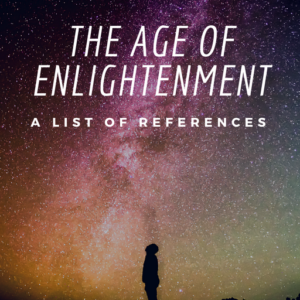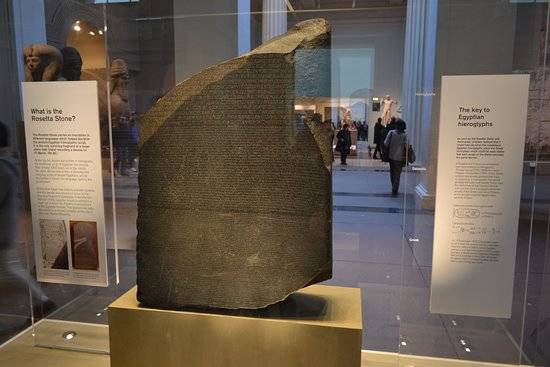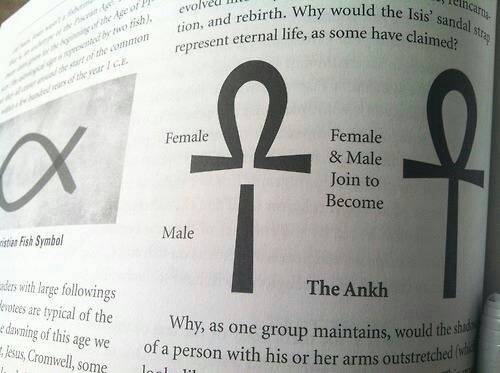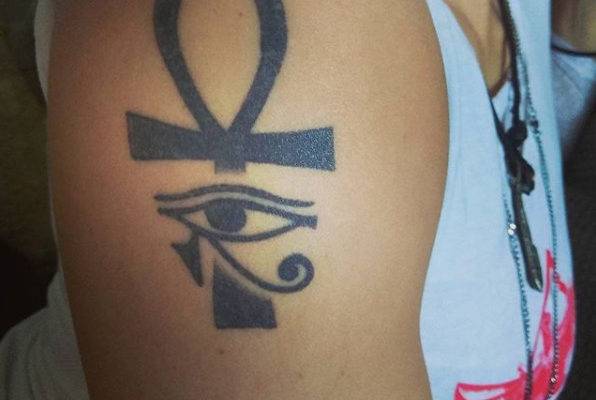Where did the Ankh come from? – (Part 2)
Greetings,
I want to take a second to thank you for all your support. Those living That Ankh life seem to be an exclusive group, therefore, our customer base is very small. Hitting share when you see us goes a long way for our endurance. So don’t forget to check us out on ALL our social media platforms we have different discounts on each, And even more coming here in your email. We welcome your input on our BLOG and hope you enjoy.
Let me hit you with the disclaimer. The Ankh is very mysterious and we expect many may disagree with our research. All opinions are respected by us. I am sure there will be inaccuracies throughout or blogs, but the purpose is a basic holistic understanding. We will attempt to provide references to help initiate you down your own path of understanding. Here are the topics and questions will try to discuss.
What the is the Ankh?
Part 1 – What the Ankh it is not.
Part 2 – Where did the Ankh come from?
Part 3 – What does the Ankh mean?
Part 4 – What’s the big deal about the Ankh?
Part 5 – Why should we wear the Ankh?
Part 6 – What is “That Ankh Life”?
Last issue in Part 1, we gave you the bad news as easy as possible. History and religion are very blurry and polarizing topics. But in living That Ankh Life it doesn’t matter your religion or take on history. It’s a little bit above those arguments. This is about putting in the effort and finding what was meant for you and what benefits you the most.
Part 2: Where did the Ankh come from?
Again, The oldest findings of the Ankh were engraved on the walls of the so-called temples in Egypt. (why they all gotta be temples?… I digress). The Ankh is called an ancient Egyptian Hieroglyph. The word Hieroglyphic was first used in the 1500’s near the time of its rediscovery simply meaning ancient (Hiero-) carvings (-glyphs).
Hieroglyphs are popularly believed to be just pictograms modern western society. What is less known, are the details of the findings of the Rosetta Stone, and how it has allowed us to translate the hieroglyphics into written and spoken language. Historians have learned that the Hieroglyphs are written in an advanced language that the ancient Egyptians themselves called “Mdu Ntr” (pronounced Medu Netcher).
We say “advanced” language because many of its individual symbols translate to multiple sounds, letters, and meanings simultaneously in today’s languages. Translators of the medu neter call the Ankh a #Trilateral. One trilateral translates into 3 letters at its root, this is in addition to it being the 3rd type of translation (w/ pictogram, ideogram). The advanced structure of the Medu neter also has unilateral and bilateral symbols.
At its simplest, that Ankh symbol translates into 3 letters, NKH. This makes up our pronunciation of the A(nkh). It was often used just as our letters today are, in spelling many words and names throughout Ancient Egypt. (ie. Pharaoh TutANKHamen)
It is important to understand the medu neter like other advanced ancient languages did not use vowels as we use them traditionally. Modern “vowels” were created later to help simpler pronunciation methods.
The words that the ancient Egyptians used to name their language, “Mdu Ntr” is a trilateral itself, it is made of 2 symbols (mdu) and (ntr). NTR by itself can translate to “god” and “nature”. Mdu Ntr also gives the origins of the term “mother nature”, and is often translated as such.
More on that discovery, translation, and cover-up of the Mdu Ntr will be coming soon in the “That Ankh Life Newsletter”.
☥☥☥☥☥☥☥☥☥☥☥☥☥☥☥☥☥☥☥☥☥☥☥☥☥☥☥☥☥☥☥☥☥☥☥☥☥☥☥☥☥☥☥☥☥☥☥☥☥☥☥☥☥
All this and we haven’t even gotten into what it actually means yet!! lol
That is going to be next Part 3 – What does the Ankh mean?
For more Join the newsletter
We hope you find something you would like to purchase in our SHOP.
-
Sale!

World Traveler Leather Handbag
Original price was: $49.99.$39.99Current price is: $39.99. Select options This product has multiple variants. The options may be chosen on the product page -
Sale!

Ancient Kemetic Study Collection
Original price was: $99.00.$25.00Current price is: $25.00. Add to cart -

The Age of Enlightenment: A List of References
$2.99 Add to cart -

Simple Vertical Glyphs Necklaces
$20.99 Select options This product has multiple variants. The options may be chosen on the product page
Let us know your thoughts below.
TTYL,
ThatAnkhLife








Hi there! Such a wonderful article, thank you!
Hi there! Such a nice post, thank you!